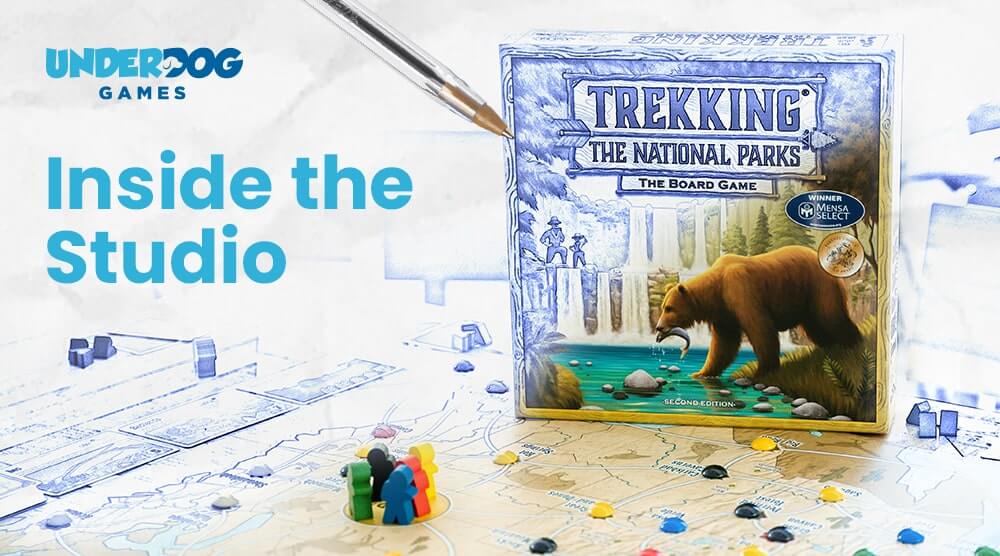Welcome to this week's behind-the-scenes post. Today's is about how much we should focus on building depth into our games.
I value replayability in board games, in both the games I design and play. Three reasons:
- Value Commitment - Let’s say a game plays in an hour and costs $50. If you play it once, you’ve spent $50 an hour. If you play it 100 times, you’ve spent 50 cents an hour. To me, the first feels like theft and the second like a steal.
- Environmental Commitment - I'm in an odd place: I think we must cut our carbon footprints to have hope of limiting serious difficulties in coming years. That requires, among other things, reducing consumption. But I make consumer goods for a living. In light of that, I'd love to make games people play so much they feel less inclined to buy. Playing a game has a lower carbon-footprint than buying one.
- The Velveteen Rabbit Effect - The Velveteen Rabbit is a children's story in which a child's stuffed bunny becomes real in virtue of being loved over time. Something like that happens in my relationship with games I’ve played many times over years. It's as though a kind of magic enters and makes them alive in a way they hadn’t been (the good games, anyway).
For the purpose of this essay, I’ll define replayability as creating a continuing sense of surprise and delight over repeat plays.
How does a designer build replayability into a game? Two main ways:
- Mechanical/Situational variability - this means ensuring different, interesting challenges and possibilities arise each time you play.
- Depth - This means building layers of skill into a game, such that as your skill grows, the way you think about the game and play it changes.
I have no reservations about mechanical/situational variability, but I find the question of depth trickier:
Two benefits of designing for depth
- Depth creates the most long-lived kind of replayability - There’s a reason the games people play most, the so-called "lifestyle games", are deep (Chess, Go, Poker, Magic, etc). Speaking as a player and not as a designer, depth is precious to me. There’s one game I’ve played more than 15,000 times (not a typo!), and that experience is my most cherished in games. It was a deep game, my goal was to beat a very strong AI, and I eventually did. It's hard to describe how much my experience changed and improved between my first and my 15,000th play, or how great my sense of satisfaction was when I achieved my goal.
- Depth creates the greatest opportunities for learning how to learn - We're committed to the learning value of games. In my own experience, the act of trying to become good at a deep game taught me techniques for learning that apply to everything else in life. As such, deep games can help us learn lynchpin skills.
Three risks of designing for depth
- Lopsided outcomes - The more depth a game has, the more likely it is to create situations where one player always wins. This can be designed around but it's risky.
- Games with depth tend to have worse first play experiences - Because of the way so many people play games these days, games without killer first play experiences tend to struggle.
- Most people won’t experience it - again due to the way so many people play games now. You could argue that work on depth is wasted work. Game publishing is a low-margin business where it doesn't take much waste to go out of business.
I don't have firm opinions. I'm writing this because I'd love to know yours. If you were dictator of our design efforts, how would you have us think about depth?
Best,
Nick




